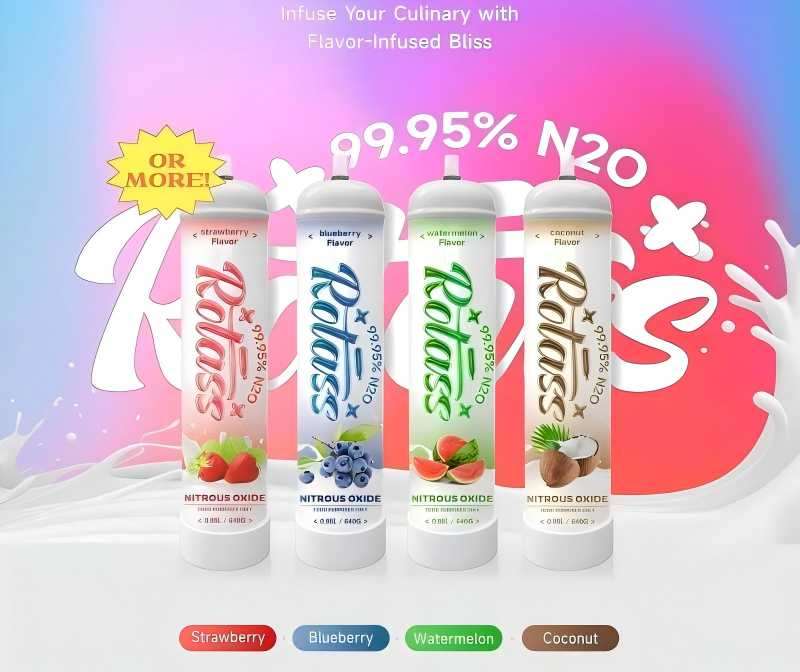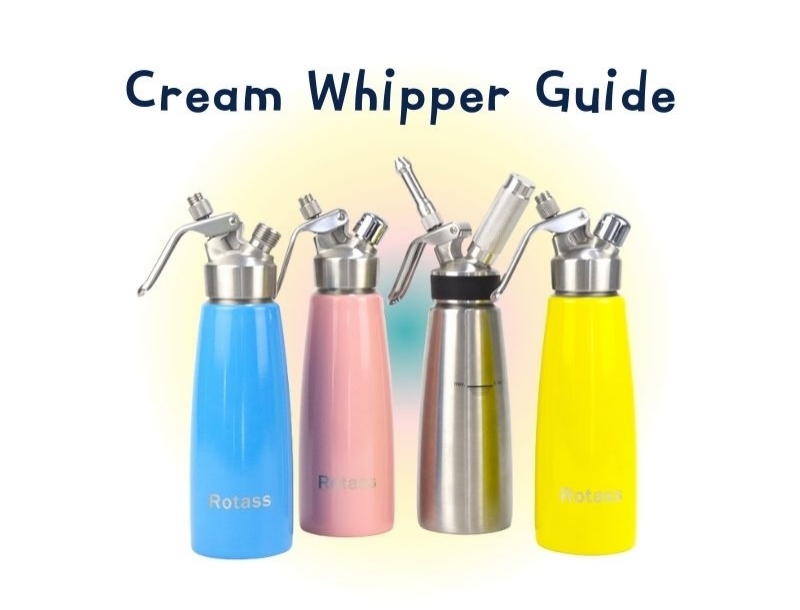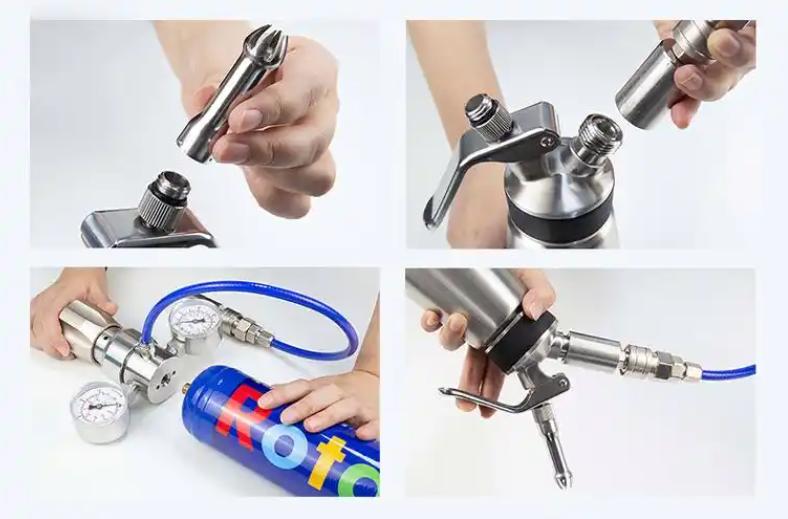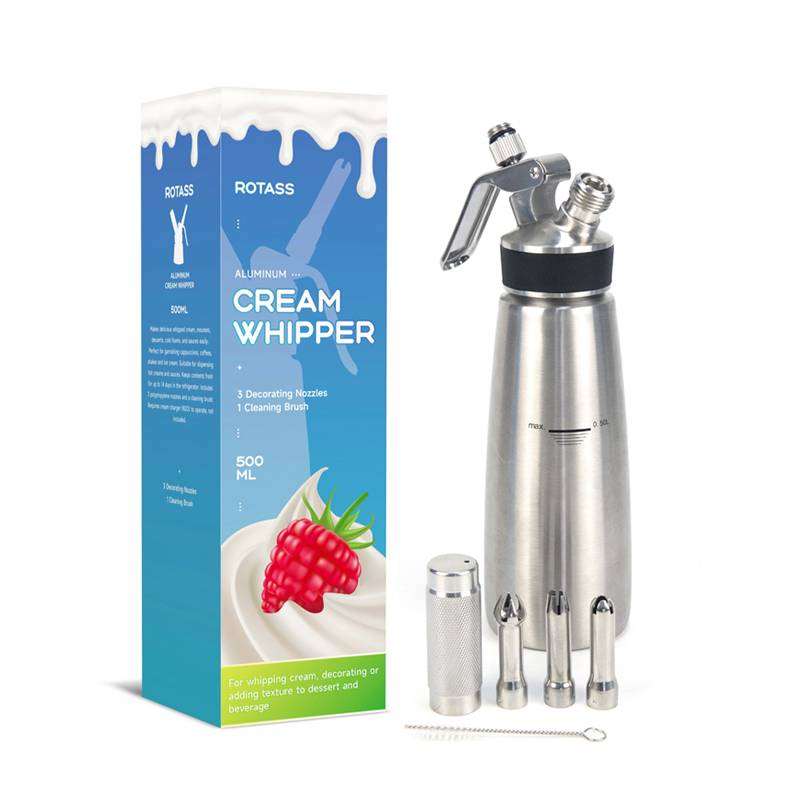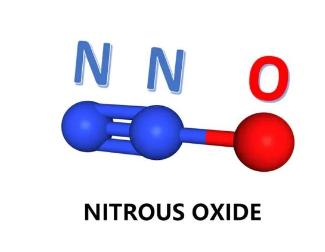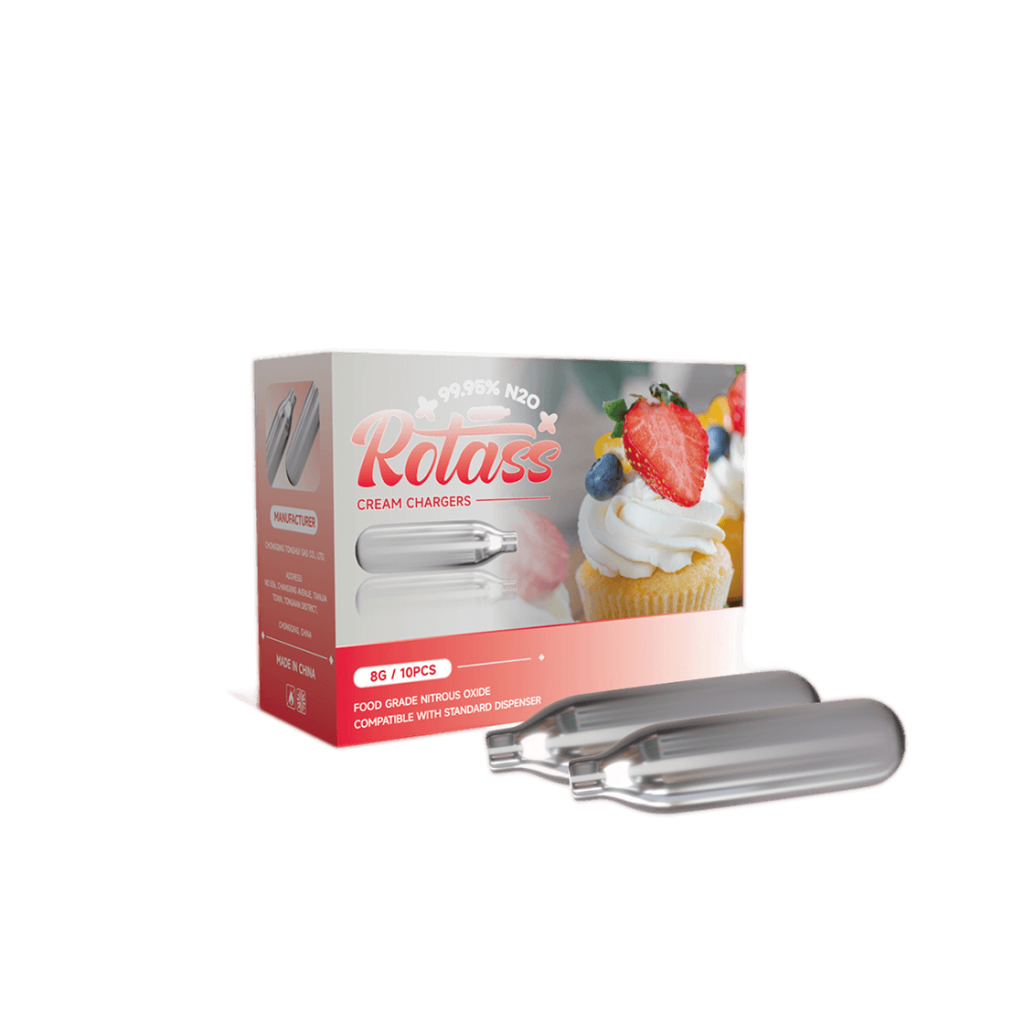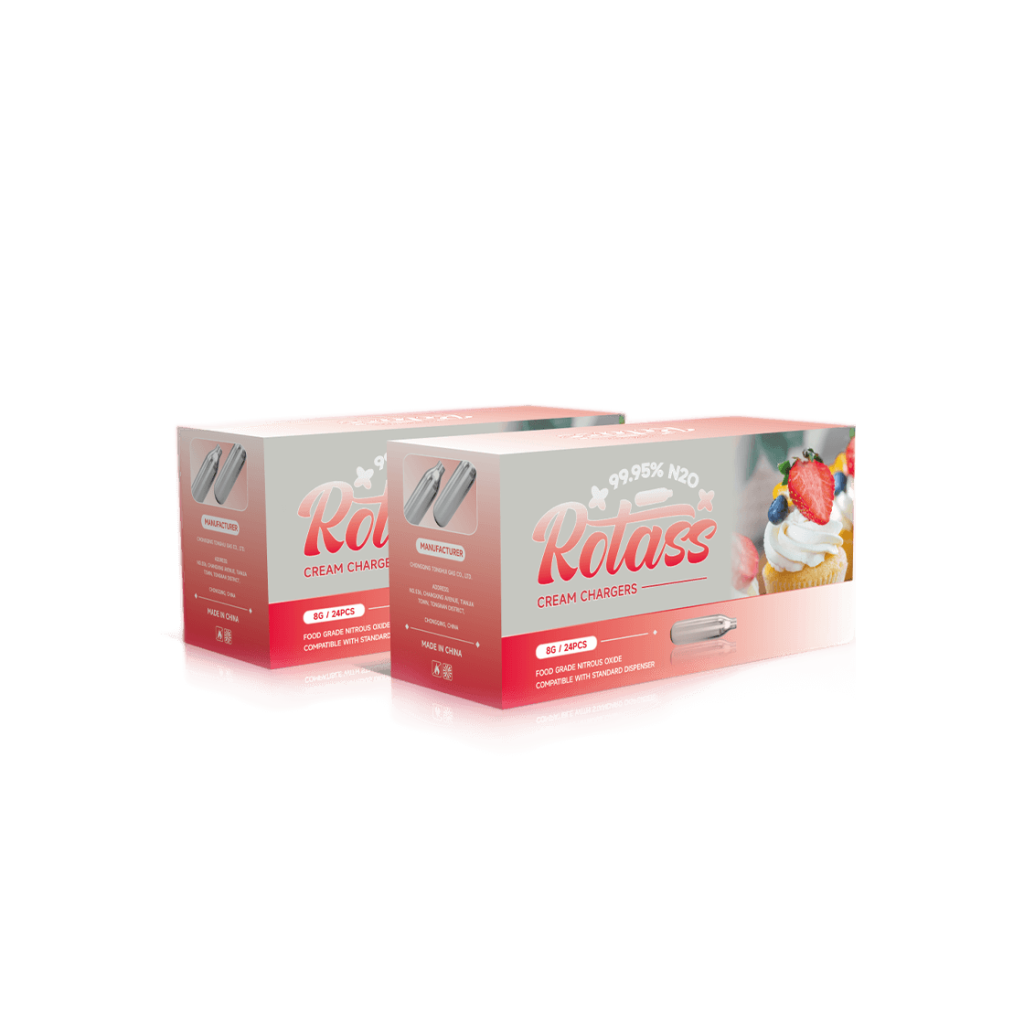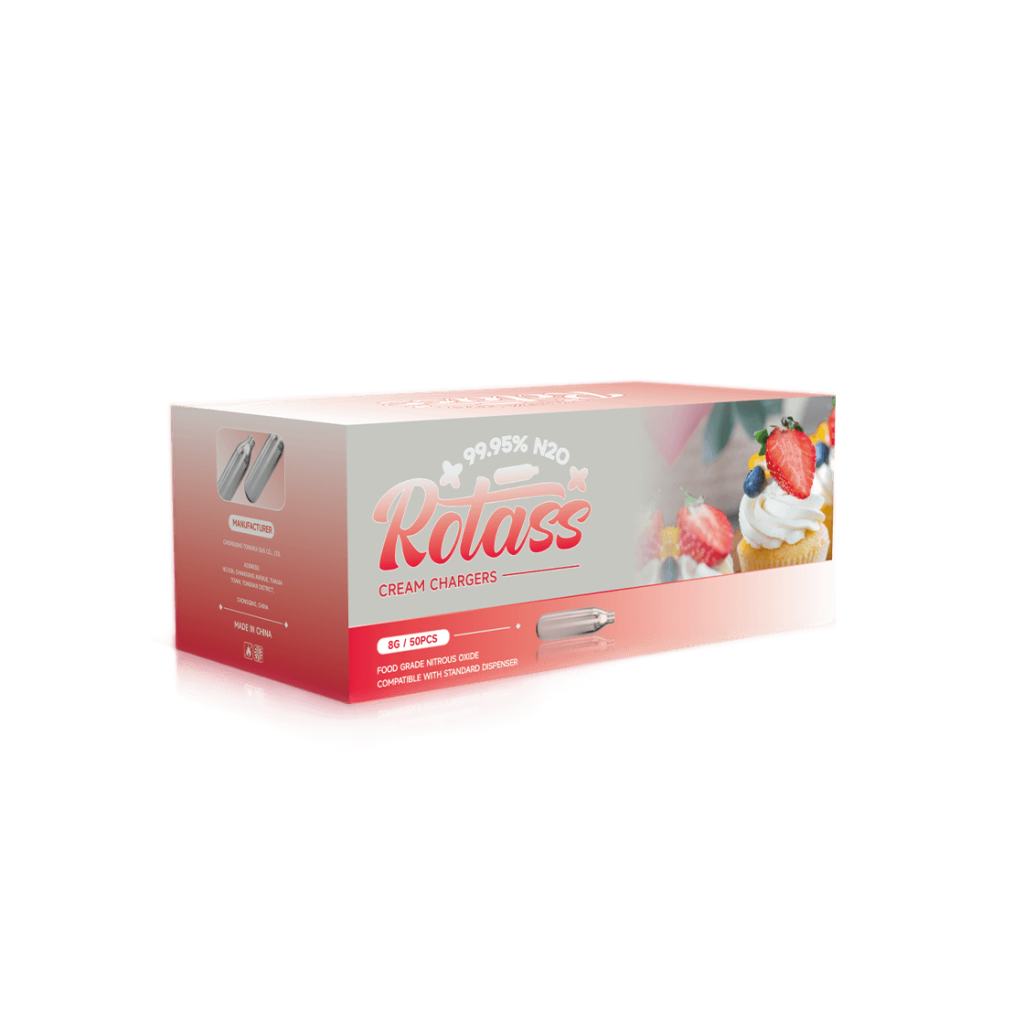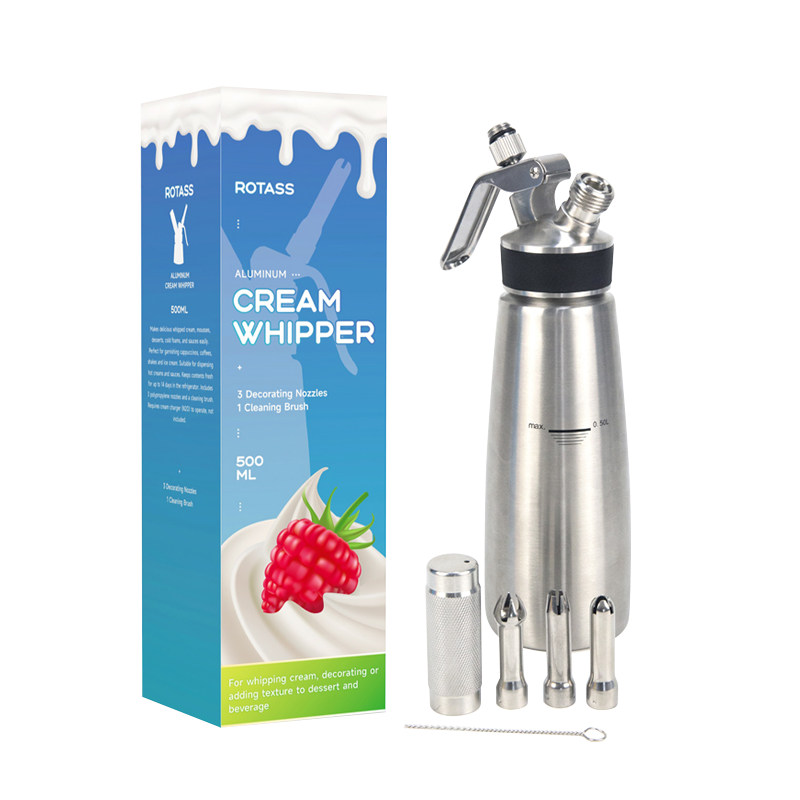2025 / 03 / 25
Common Issues and Solutions for Whipping Cream (With the Right Tool Recommendations)
Table of Contents
Whipped cream is an integral component of many delicious desserts, from cakes and pastries to coffee toppings and fruit parfaits. But achieving its ideal consistency may not always be straightforward; many people experience difficulties while whipping cream, leading to uneven textures or stability issues that compromise its effectiveness.
This article will address five common whipping cream issues and provide expert solutions, while also outlining some essential tools (whipped cream dispensers and chargers) to achieve professional-quality whipped cream easily.
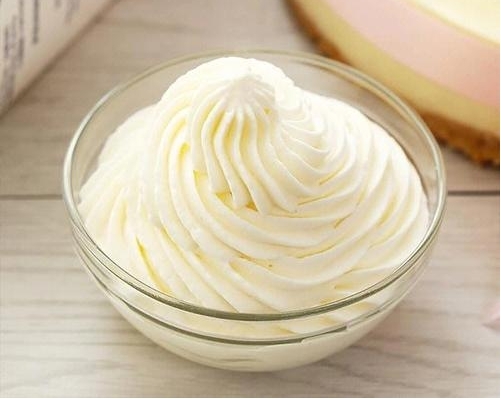
Five Common Issues and Professional Solutions
Issue 1: Cream Won’t Whip
Causes:
- Low-fat cream (less than 30% fat content) is used, making it difficult to stabilize air bubbles.
- Cream is too warm; it should be chilled before whipping.
- Mixing speed or duration is insufficient, failing to incorporate enough air.
Solutions:
- Use cream with at least 30% fat content, preferably 35% for optimal whipping.
- Chill the cream, mixing bowl, and whisk before whipping (ideal temperature: 2-6°C).
- Use a whipped cream dispenser with cream chargers to instantly create a smooth and stable whipped cream with minimal effort. The pressurized nitrous oxide (N₂O) gas in the chargers helps incorporate air evenly.
Issue 2: Overwhipped Cream, Leading to Oil-Water Separation
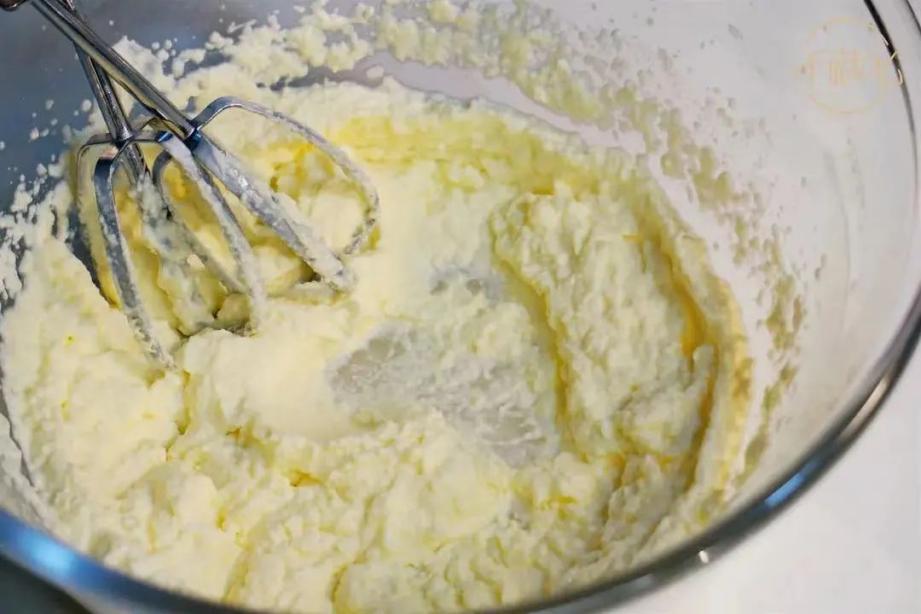
Causes:
- Whipping cream for too long causes the fat molecules to clump together, separating from the liquid.
- High-speed whipping creates an unstable texture.
Solutions:
- Stop whipping as soon as soft or stiff peaks form, depending on your desired texture.
- If the cream starts breaking down, add a small amount of fresh cream and gently mix it in to restore consistency.
- A whipped cream dispenser prevents overwhipping by distributing gas evenly, keeping the texture consistent. Simply shake and dispense for perfect results.
Issue 3: Coarse Texture, Lacking Light and Fluffy Consistency
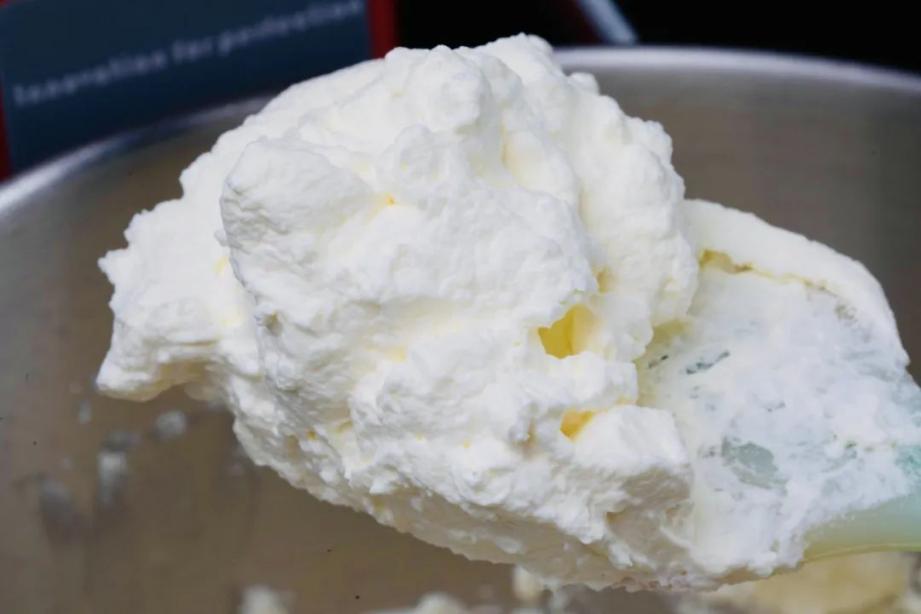
Causes:
- Air is incorporated unevenly during manual or machine whipping.
- Cream is too cold or too warm, preventing proper aeration.
Solutions:
- Whip at a consistent medium speed rather than high speed to allow for gradual air incorporation.
- Use a whipped cream dispenser, which disperses nitrous oxide into the cream evenly, ensuring a smooth, fine, and airy texture.
- Shake the dispenser before use to allow proper gas distribution.
Issue 4: Whipped Cream is Difficult to Shape and Use
Causes:
- The cream is under-whipped and lacks the necessary structure for shaping.
- Manual piping methods are inconsistent and challenging.
Solutions:
- Use a whipped cream dispenser with different nozzle attachments to create precise and decorative whipped cream shapes.
- If using a piping bag, ensure the whipped cream is firm but still soft enough to pipe smoothly.
- Add a small amount of powdered sugar for better stability and structure.
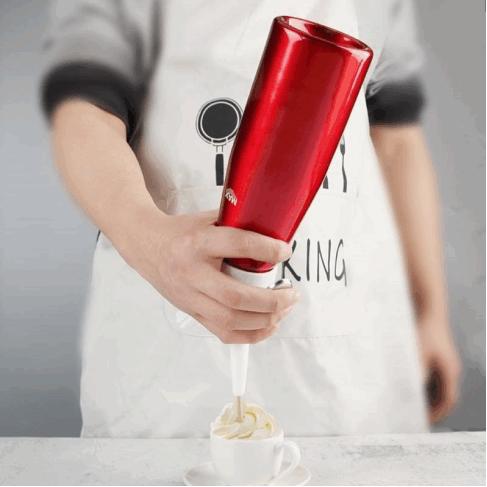
Issue 5: Whipped Cream Has a Short Shelf Life
Causes:
- Hand-whipped cream loses its texture and stability quickly due to exposure to air.
- Inadequate storage conditions lead to cream collapse.
Solutions:
- Store whipped cream in a sealed container in the refrigerator, ideally below 4°C.
- Using a whipped cream dispenser extends the shelf life by sealing the cream in an airtight chamber, keeping it fresh for up to 48 hours.
- Always clean and store the dispenser properly to maintain hygiene and functionality.
How to Choose the Best Tools for Efficient Cream Whipping?
When choosing a whipped cream dispenser or cream charger, there are several key factors to consider to ensure the best experience and whipped cream results.
Whipped Cream Dispenser: Key Selection Factors
✅ Material
Stainless Steel: Durable, professional-grade, and ideal for high-frequency use in cafes and restaurants.
Aluminum: Lightweight and affordable, suitable for home use.
✅ Capacity
250ml (1/4 liter): Ideal for small servings and occasional use.
500ml (1/2 liter): The most common size, balancing convenience and capacity.
1000ml (1 liter): Best for commercial use or large batches.
✅ Usage Scenario
Home Use: 500ml aluminum dispenser, easy to handle and store.

Cafes & Bakeries: 500ml or 1000ml stainless steel dispenser for frequent use.
Professional Kitchens: 1000ml heavy-duty dispenser for high-efficiency production.
✅ Nozzle Design
Choose a dispenser with multiple nozzle attachments to create decorative whipped cream patterns.
✅ Compatibility
Ensure the dispenser is compatible with standard 8g cream chargers, which are widely available.
Cream Chargers: Key Selection Factors
✅ Gas Purity
Opt for food-grade N₂O (99.9% purity) to ensure safe and effective whipping.
✅ Size Options
8g chargers: Standard for home and commercial dispensers.

16g chargers: Suitable for larger dispensers, reducing the need for multiple refills.
✅ Quantity & Packaging
Home users: Small packs of 10-24 chargers.
Business users: Bulk packs of 50+ chargers for cost efficiency.
✅ Brand and Safety
Choose reputable brands that meet food safety standards (CE-certified) for optimal performance.
Rotass: The Professional Choice for Solving Your Whipped Cream Problems
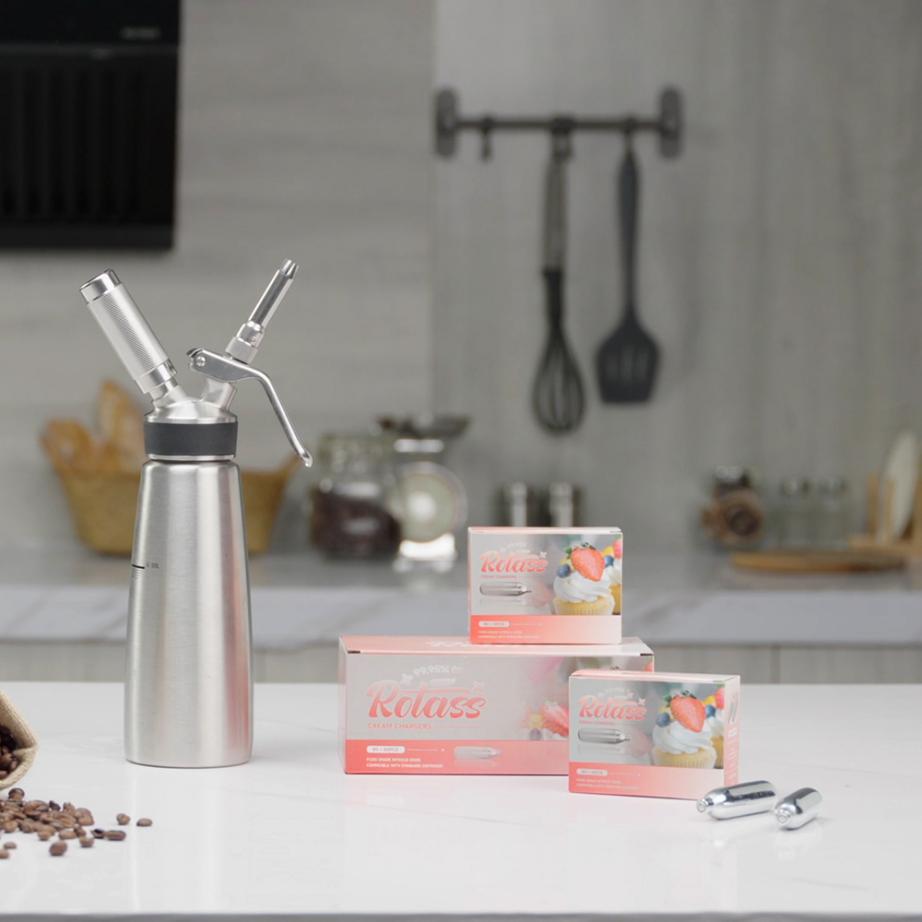
Rotass cream chargers and dispensers are engineered to address the common challenges of whipping cream. Our products are crafted from high-quality materials, ensuring durability and reliability. Rotass cream chargers deliver consistent pressure, resulting in perfectly whipped cream every time. Our dispensers provide precise control and an airtight seal, extending the shelf life of your creations.
Whether you’re a home baker or a professional chef, Rotass empowers you to achieve flawless whipped cream with ease. Say goodbye to frustrating whipping experiences and hello to consistently delicious results. Elevate your desserts today with Rotass whipped cream dispensers and chargers!

